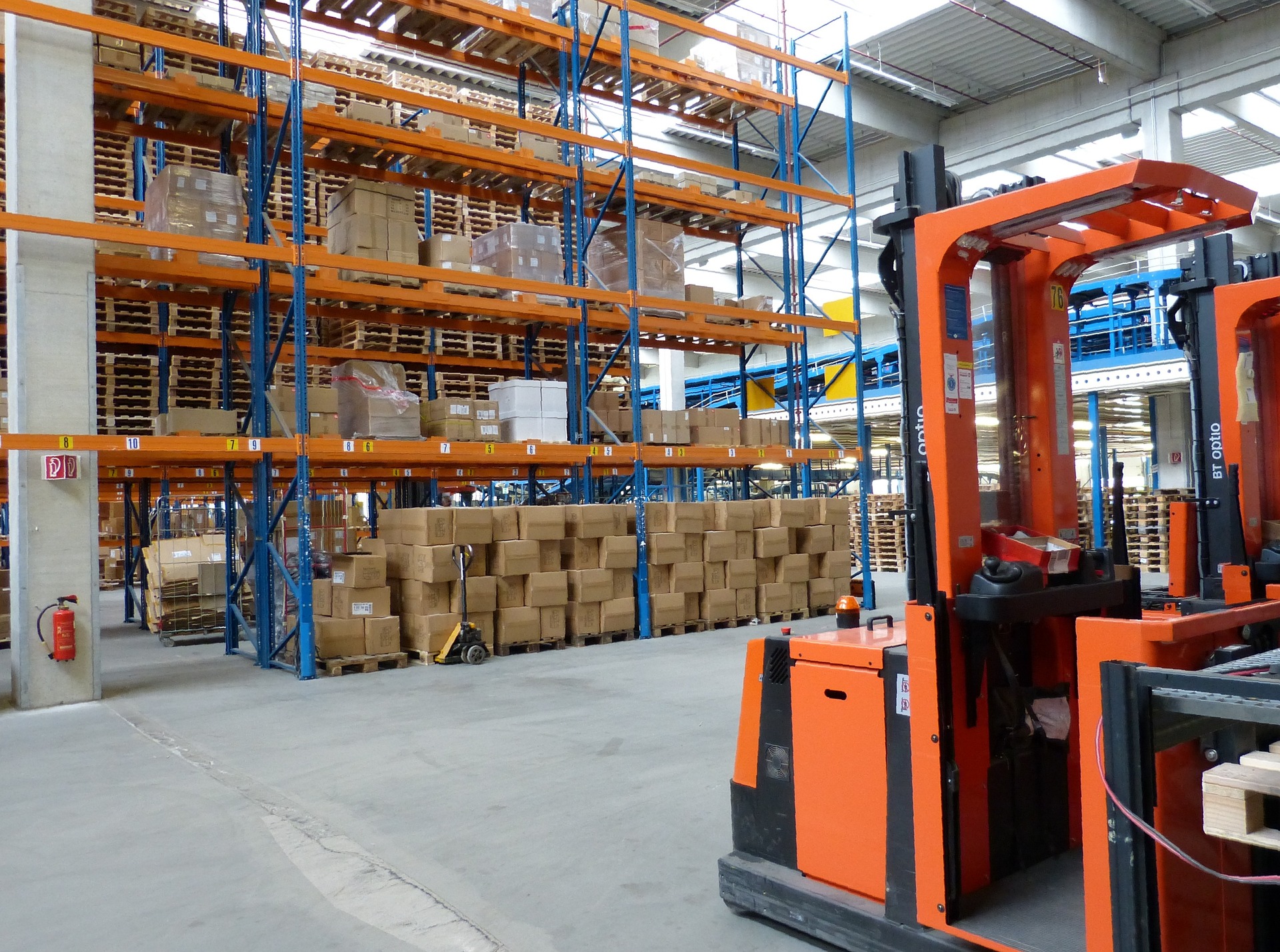Mastering the Art of Packaging: From Warehouse to Food Industry
Discover the intricate world of packaging roles across various sectors, particularly in warehousing and food production. These vital positions ensure product safety, proper storage, and efficient distribution. As global supply chains evolve, packaging professionals play an increasingly crucial role in today's economy. Explore the skills, responsibilities, and career opportunities in this dynamic field.
The packaging industry serves as a cornerstone in today’s global economy, bridging the gap between production and consumption. From warehouses to food manufacturing plants, packaging professionals are the unsung heroes ensuring products reach consumers safely and efficiently. Let’s delve into the multifaceted world of packaging jobs and uncover the skills, responsibilities, and opportunities that await in this dynamic field.
Packaging Roles: A Tale of Two Industries
While packaging jobs share common ground across sectors, the specific demands can vary significantly between warehouse and food industry settings.
Warehouse Packaging: The Logistics Lifeline
In warehouse environments, packaging professionals are the guardians of product integrity throughout the supply chain. Their responsibilities encompass:
- Precision packaging using state-of-the-art machinery
- Meticulous quality control and damage assessment
- Accurate labeling with product details and shipping information
- Maintaining an organized and hygienic workspace
- Adhering to safety protocols and industry standards
Beyond these core duties, warehouse packers often engage in:
• Item sorting and package assembly • Interdepartmental coordination for timely shipments • Inventory management and stock rotation
Food Industry Packaging: Where Safety Meets Precision
The food sector introduces additional layers of complexity to packaging roles:
- Strict adherence to food safety regulations and hygiene standards
- Utilization of food-grade packaging materials
- Implementation of temperature control for perishables
- Precise ingredient and allergen labeling
- Specialized packaging techniques to preserve freshness
Food packaging professionals must possess in-depth knowledge of food safety practices and often require specific certifications to handle edible products.
The Packaging Professional’s Toolkit
Success in packaging roles demands a diverse skill set:
- Keen eye for detail: Ensuring packaging accuracy and quality
- Physical resilience: Withstanding long periods of standing and heavy lifting
- Effective time management: Meeting production targets and deadlines
- Basic numeracy: Handling quantities and measurements
- Collaborative spirit: Thriving in fast-paced team environments
- Adaptability: Adjusting to evolving packaging requirements
- Technical aptitude: Operating advanced packaging equipment and software
As technology reshapes the industry, familiarity with computerized inventory systems and automated packaging machinery has become increasingly valuable.
The Digital Revolution in Packaging
Software integration has transformed modern packaging operations:
- Real-time inventory tracking and management
- Streamlined order processing from receipt to shipment
- Enhanced quality control through digital monitoring
- Automated labeling and documentation generation
- Data-driven performance analysis and optimization
Warehouse Management Systems (WMS) and Enterprise Resource Planning (ERP) software have become indispensable tools in maximizing efficiency and productivity in packaging operations.
Storage Strategies: The Art of Organization
Effective storage practices are crucial in packaging roles:
- Space optimization through efficient storage systems
- Strategic inventory rotation to minimize waste
- Environmental control for sensitive products
- Safety-first approach to stacking and securing items
- Logical product arrangement for seamless retrieval
Food packaging introduces additional considerations such as humidity control and product segregation to prevent cross-contamination.
Climbing the Packaging Career Ladder
Packaging roles can serve as launchpads for diverse career trajectories in logistics, manufacturing, and supply chain management:
- Team leadership and supervisory positions
- Quality assurance specialization
- Logistics coordination
- Inventory management
- Production planning
- Safety compliance oversight
- Operations management
Many organizations offer comprehensive training programs and advancement opportunities, enabling dedicated professionals to grow within the industry.
The Packaging Profession: A Statistical Snapshot
While individual experiences may vary, here’s a general overview of packaging roles across industries:
| Job Title | Industry | Typical Salary Range (USD) | Key Skills |
|---|---|---|---|
| Warehouse Packer | General Warehousing | $24,000 - $36,000 | Physical stamina, attention to detail |
| Food Packaging Technician | Food Manufacturing | $29,000 - $46,000 | Food safety expertise, hygiene practices |
| Packaging Machine Operator | Manufacturing | $34,000 - $52,000 | Technical proficiency, problem-solving |
| Quality Control Inspector | Various | $39,000 - $62,000 | Analytical thinking, meticulousness |
| Packaging Supervisor | Various | $44,000 - $72,000 | Leadership, communication, organizational skills |
Note: Salary ranges are approximate and subject to variation based on factors such as location, experience, and company size. It’s advisable to conduct thorough research for the most current and relevant information in your specific area and industry.
Conclusion: Packaging the Future
As the global economy continues to evolve, the importance of efficient and effective packaging operations only grows. From ensuring product safety in warehouses to maintaining food quality in manufacturing plants, packaging professionals play a vital role in today’s interconnected world. With a blend of traditional skills and emerging technologies, the packaging industry offers a dynamic and rewarding career path for those ready to embrace its challenges and opportunities.
Whether you’re considering a career in packaging or seeking to advance within the field, the future looks bright for those willing to adapt, learn, and innovate in this essential industry. As consumer demands and technological capabilities continue to shape the landscape of packaging, professionals in this field will remain at the forefront of ensuring products reach their destinations safely, efficiently, and ready for consumption.







